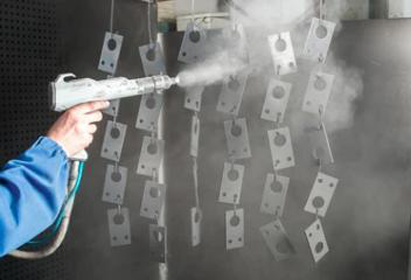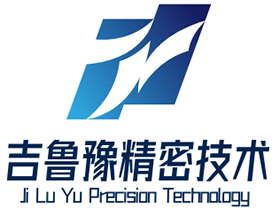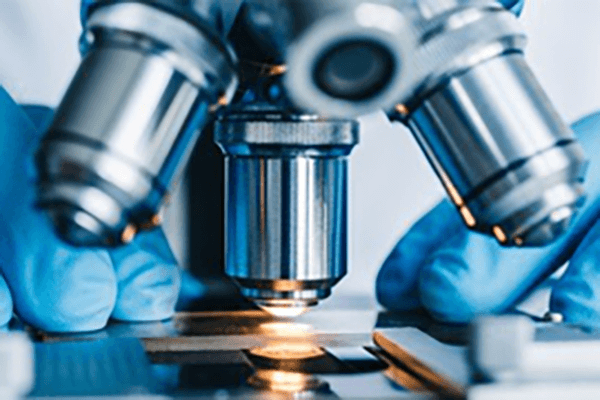
Attaining target exterior polish for a CNC part is vital.
- Drawing callouts communicate precise surface requirements for machined parts
- Designers use Ra (mean deviation) as a numerical indicator of surface roughness
- Grasping callout meaning is essential to make parts conform to design intent
- Specified texture can change lubrication regimes, frictional forces, and endurance
- It is essential to interpret the specific callout to achieve the desired outcome
Understanding Precision Engineering in CNC Machining

CNC machining is a transformative approach within manufacturing using computerized programs to drive machines that cut complex shapes with high precision.
- Automated machining allows fabrication of accurate parts from multiple materials
- CNC’s flexible capabilities match requirements of aerospace and automotive fields
- Computerized machining yields consistent replication of parts in series production
Across prototyping through full-scale production CNC machining serves as a cornerstone in contemporary manufacturing
CNC Spec Interpretation
Making sense of CNC specs can seem confusing on first pass
Nevertheless simple study and a stepwise method let you read technical specifications
Open by noting essential values: spindle speed, feeds, accuracy, envelope, control type
Each characteristic modifies the machine’s effective performance.
Illustratively, greater spindle rpm aligns with softer workpieces; increased feed raises manufacturing pace.
Grasping those connections helps choose machinery aligned with your needs
Be sure to refer to vendor documentation completely.
Vendor literature commonly contains useful guidance and explains terms
CNC Machinery: An Exhaustive Guide
Computer-operated machining stations are programmed units for precise automated part fabrication across materials They read numerical control code to orchestrate cutter motion and axis control.
- Representative CNC types cover milling tools, turning machines, routers, plasma cutters
- CNC machining processes are highly versatile and can be used to work with a wide range of materials including metals plastics wood and composites
- Besides that CNC systems permit speedy prototyping and short production runs for businesses and research groups
Overview of CNC Machine Fundamentals
They manifest coupling of mechanical fidelity and complex software governance These versatile tools utilize computer programming to automatically manufacture a wide range of parts from simple components to complex assemblies Underlying principle converts virtual designs into actual manufactured items.
- Numerical control manufacturing
- Code-driven production workflow
It comprises controlled axis moves directed by programmed code Manufacturing staff set tooling parameters, oversee machining, and confirm quality outcomes.
Surface Finish's Importance in CNC Machining
Delivering planned surface condition during machining is necessary It greatly affects the final product's performance as well as its aesthetics Base material, cutting conditions, and post-machining refinements govern texture.
A polished finish improves wear resistance whereas coarse texture can hinder performance Machine-controlled fabrication offers many methods and cutters to achieve set surface qualities.
- Such as employing varied cutter geometries |tool materials|cutting velocit
 y selections to shape surface
y selections to shape surface - Additionally finishing processes including polishing and grinding refine texture
Comprehending the connections between machining choices and texture secures better results.
CNC Overview: From Use to Application
It constitutes a high-precision manufacturing approach using programmed machine tools to form parts from many materials These machines follow digital instructions to execute intricate designs with high accuracy and repeatability Comprehending toolpaths, G-code, and tooling strategies supports effective machining
Use cases cover aerospace, automotive, medical, electronics, and more sectors From turbine components to precision mold cores, CNC supports manufacture of complex parts
Notation for Surface Finish on Machined Parts
Clear finish definition is critical for CNC machined components It ensures part compliance with operational and appearance standards Surface finish callouts are typically represented using the system known as the Surface Roughness Ra Shown in micrometers or inches, the measurement denotes typical roughness magnitude.
Account for desired texture and the component’s purpose when selecting finish

Generally fine finishes benefit components requiring precision alignment and tolerance
Alternatively textured surfaces may aid applications needing traction or increased friction
Insert concise surface notes in blueprints to articulate finish expectations Include both the Ra value along with any additional instructions such as machining processes or surface treatments.
Remember that effective surface finish callouts are key to achieving a successful manufacturing outcome
Varieties of CNC Machines and Capabilities
Machine shops deploy varied CNC equipment tailored to many distinct production tasks They depend on CAD/CAM instruction to operate cutting tools for efficient part fabrication.
- Turning equipment specializes in rotating the workpiece to create cylindrical shapes
- Grinders use abrasive wheels to finish and size parts to fine tolerances
- Laser systems produce fine kerfs and detailed shapes in thin materials
Choosing the right CNC depends on production goals material type and required accuracy Varied CNC functionalities equip manufacturers in industries from automotive to aerospace.
Achieving Optimal Surface Finish with CNC Machining
Realizing premium surface texture is vital and CNC machining supplies tools to accomplish it With exact feed control spindle tuning and proper tool shapes machinists influence finish quality and minimize defects In addition top-grade tooling and adequate lubrication help generate finer surfaces Optimized cutting plans and meticulous setup procedures help achieve premium finishing.
Surface Finish Considerations in CNC Programming
Achieving intended surface characteristics through programming is vital for quality Cutting parameter selection—feed, speed, tool geometry—controls surface finish Meticulous parameter tuning together with suitable coolant use promotes smoother finishes.
- Moreover scheduled tool maintenance and inspection preserve surface performance Moreover scheduled tool maintenance and inspection preserve surface performance Furthermore regular tool maintenance and inspection are essential for ensuring machining surface finish callout a consistent and high-quality surface finish over time
- To optimize surface finish programmers should consider factors like material type desired surface roughness and the application requirements
- CAM previews let programmers modify strategies to avoid finish defects
- Furthermore regular tool maintenance and inspection are essential for ensuring a consistent and high-quality surface finish over time
